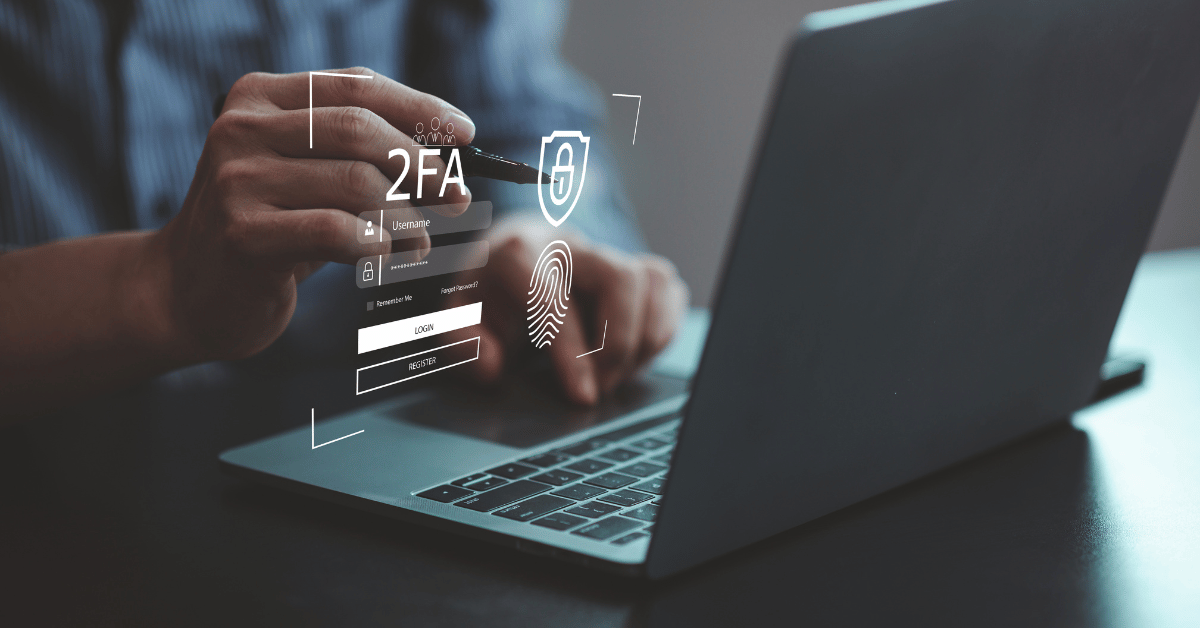Cutting Through the Hype of Securing the Zero Trust Edge

What is Zero Trust?
Zero trust is a strategic approach requiring all network users to be authenticated, authorized, and regularly validated. The framework covers the internal and external users of an organization’s network.
As a cybersecurity concept, it requires full awareness of security policy based on established contexts rather than assumptions. A well-defined zero trust architecture results in simpler network infrastructure, improved defense mechanisms, and a better user experience.
How Does Zero Trust Work?
Zero trust pretends there is no traditional network edge in the cloud or hybrid, whether local. Its maxim is to always verify, and trust no user or device.
The core philosophy of zero trust security is to presume that every user or device is hostile by default. As a model, it responds to the fact that the perimeter security approach isn’t 100% secure. The ability of cyber criminals to breach data even with corporate firewalls is enough proof. Users also access networks from different devices and locations, making it harder to clearly define perimeters while increasing the risk of security breaches.
The approach zero trust uses is to treat all traffic as hostile. For instance, workloads get validated by a set of attributes before they can communicate. It also involves using fingerprint or identity-based validation policies to attain stronger security.
Zero trust draws on technologies, calls on governance policies, and uses push notifications for effective security. Since protection is environment-agnostic, zero trust secures applications. Moreover, it securely connects devices and users via business policies over any network. That way, it can enable a safe digital transformation.
Why is Zero Trust Important?
The primary reason for introducing zero trust is to reduce risks. However, it also helps to manage risks associated with remote work, insider threats, and third-party and cloud security .
- Zero trust protects organizations in various ways including: Giving visibility to potential threats while improving proactive remediation and response.
- Preventing cyber threats like malware from gaining network access.
- Simplifying the management of security operations centers through enhanced automation.
The Benefits of a Zero Trust Edge
The cloud environment is a highly attractive opportunity for cyber actors to steal troves of sensitive data, financial information, and intellectual property.
While no security strategy offers a perfect solution to data breaches, zero trust helps reduce the surface attacks and the severity of cybercrimes. This includes the reduced cost and time spent responding to breaches.
The approach of not trusting any connection without the necessary verification is a crucial factor. Furthermore, companies deal with many cloud, data sprawl, and endpoints, making it only logical to adopt a system that guarantees security.
Other highlighted benefits include:
- Reducing the reliance on point solutions designed to detect and stop threat activity.
- Limiting possible avenues for data exfiltration.
- Enhancing the authority and use of authentication
- Reducing the literal movements of attackers within an organization
- A sneak peek into all user activity
- It offers improvements in both on-premises and cloud-based security posture.
Cutting Through the Zero Trust Hype
There’s no doubt that zero trust architecture gives a new face to trusted network-defining perimeters. However, it remains a theoretical concept in practice for many establishments.
The challenge for these organizations becomes looking beyond the buzzwords of vendors. They need to put the possible outcomes of any security technology into consideration. One major point to note is that the designs of security solutions follow core principles. The zero trust edge security model also has principles that need evaluation before its adoption.
According to Forrester’s research, the Zero Trust concept focuses on the integrated, dynamic ecosystem of security capabilities and technologies. Simply put, the principles highlight three areas access denial to applications and data by default. These include threat prevention by granting access to networks utilizing continuous and contextual organization policy, risk-based verification across users, and their associated devices.
Any establishment wishing to integrate the zero trust model must consider certain parameters such as:
Internal Applications
An application lacking micro perimeter compatibility or Application Programming Interfaces (API) support to automation finds zero trust implementation impossible. Also, adding new security parameters to existing applications to make them zero trust-aware may not work. Furthermore, it may lead to an existing application’s inability to accommodate a zero-trust model.
What becomes obtainable is a good level of reliance on custom applications, while determining the effort and potential cost required.
Transformation in the Digital Sphere
Adopting the zero trust edge security model could be challenging for organizations using Cloud, DevOps, IoT, and IIoT. These applications do not inherently support the zero trust model. One reason is that they require additional technology to enforce or segment the model. In addition, a straight migration of a raised floor to the cloud discourages zero trust integration. Nonetheless, to bypass this challenge, organizations must develop new cloud applications as a service. That way, it will embrace the zero trust architecture.
Legacy Infrastructure
Some legacy infrastructure and network devices lack authentication models for modifications to contextual usage. It is the very reason they can’t be zero trust edge aware. In addition, all zero trust implementations require a layered approach to enable systems.
Organizations must weigh their options carefully before venturing into a zero-trust architecture. Monitoring behavior within a non-compatible application comes with limitations. They only get to monitor external interactions of the legacy device. On the flip side, having an accurate infrastructure inventory comes with benefits. Zero trust expects that administrators have a handle on all corporate infrastructures, from users to devices, data, applications, and services. It also requires where these resources reside. With all these in place, center administrators possess the power to detect and respond to cybersecurity threats promptly.
The best way to approach the zero trust architecture is to conduct a thorough investigation. IT and security teams need to ensure that the network technologies of the organizations comply with the architecture. Trust models work strictly on keys or passwords with no dynamic models for authentication modifications.
Security teams also need to navigate through the aggressive claims of vendors, extensively testing against its use cases, and ensuring product verification is top-notch for integration without creating vulnerabilities.
Try Portnox Cloud for Free Today
Gain access to all of Portnox's powerful zero trust access control free capabilities for 30 days!








